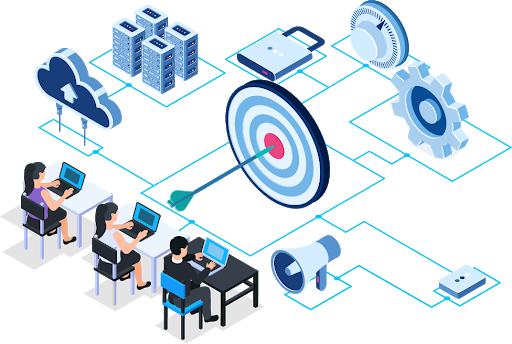The current pandemic has spurred business leaders to rethink their priorities and their strategic business roadmaps. Now of all times, organizations must adapt to digital disruptions and rapidly changing customer expectations.
The Age of the Customer has brought a change in how businesses offer their products and services. Before, a company’s relationship with its client ended once a purchase has been made. But now the focus must shift from offering products to offering the product’s value delivered as a service — a phenomenon known as Servitization. This is driven by a vital shift in customer preferences in both the B2C and B2B sectors:
- Customers want to pay for usage or outcomes and not ownership
- The purchase patterns are on-line, subscribe, and self-serve
- They want service providers to handle the complexity of keeping products/assets available for usage
- They want the ability to scale up and down based on needs
The Servitization Economy Demands a Paradigm Shift
The upsurge of Servitization requires organizations to transform their business models, begin offering services instead of products, and shift from a transactional to a relationship mindset with their customers.
The transition to the Servitization Economy demands a paradigm shift. Transitioning to the XaaS subscription model (aka “Your product X-as-a-Service”), requires three main shifts in an organization’s core business model:
1. Transition from a decentralized to a centralized business model
Pivot, transform, reinvent your business model
Reinventing your business model implies aligning your products and services by following trends and customer expectations. Alignment can entail:
- A careful risk assessment
- Price point calculation based on realistic analyses
- Reasonable contracts
- Customer and market evaluation
Only when alignment has been reached can your organization move forward to specify the strategy, including identifying the data, resources, and technology to utilize as well as third-party vendors or new hires that might be needed.
2. Shift the focus from “products” to “outcomes”
Focus on outcomes and not ownership
Shifting from a product-focused to an outcome-focused business model using XaaS enables companies to innovate faster and deepen their relationships with customers through data insights derived from devices such as the Internet of Things (IoT). This puts the customer at the center of each interaction where businesses can analyze their unique behavioral data, thus creating significant contextual interactions that match every customer’s needs and wants.
3. Move from “hardware-centric” to “software-centric”
Grow recurring revenue and deliver ongoing value
By transitioning to a subscription-based model, your business can grow recurring revenue streams. Here are some of the options:
- Device-as-a-Service: Transform from selling devices to offering your device’s value as-a-Service using a usage-based or an outcome-based model.
- Auto-Replenishment-as-a-Service: Supply equipment consumables using a Just-in-Time model—proactively, predictively, and with 360-degree visibility.
- Uptime-as-a-Service: Offer your customers the convenience, savings, and peace of mind that comes with guaranteed uptime.
Reinventing your business model is never an easy task. If you find the challenge too overwhelming, then some third-party providers can help with the transition.
TAASCOM stands for “The As A Service Company.” We enable companies to embark on a Business Model Transformation journey to join the Servitization Economy. This allows you to get to market faster while reducing technology risks and minimizing investments.
To jumpstart your business model transformation, download our free ebook and learn how you can join the Servitization Economy!

